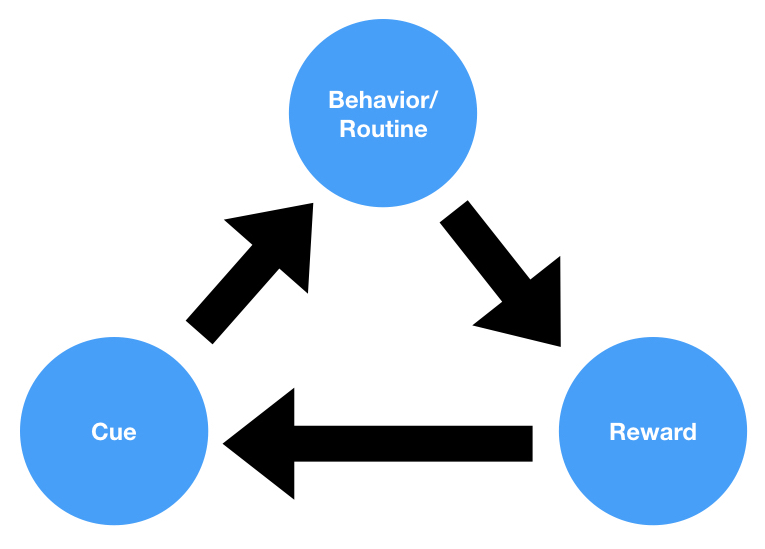What is the Striatum?
The striatum is a subcortical structure located within the basal ganglia in the forebrain. It is a vital component of the brain’s motor and reward systems and is involved in the regulation of voluntary movement, reinforcement learning, and cognitive processes such as decision-making and planning. The striatum is composed of two primary structures: the caudate nucleus and the putamen, which are interconnected by dense bundles of neurons.
Functions and Importance
-
Motor Control
The striatum plays a crucial role in the initiation and modulation of voluntary movement. It receives inputs from the cerebral cortex, processes the information, and sends outputs to other parts of the basal ganglia and thalamus, which in turn influence the motor cortex. The striatum is involved in both the planning and execution of movements, as well as the learning and adaptation of motor skills.
-
Reinforcement Learning
The striatum is a key structure in the brain’s reward system. It is involved in the processing of reward-related information and the encoding of reward prediction errors, which are essential for reinforcement learning. The striatum receives dopaminergic inputs from the substantia nigra and the ventral tegmental area, which signal reward prediction errors and modulate synaptic plasticity within the striatum, facilitating learning and adaptation.
-
Cognitive Processes
In addition to its roles in motor control and reinforcement learning, the striatum is involved in various cognitive processes, including decision-making, planning, and goal-directed behavior. It is thought to contribute to the integration of emotional and cognitive information during decision-making, and to the formation of action plans and goal-directed behaviors based on learned associations and expected outcomes.
Striatum and Neurological Disorders
-
Parkinson’s Disease
Parkinson’s disease is a neurodegenerative disorder characterized by the progressive loss of dopaminergic neurons in the substantia nigra. This loss leads to a reduction in dopamine input to the striatum, which disrupts the normal functioning of the basal ganglia motor circuit and results in the characteristic motor symptoms of Parkinson’s disease, such as tremors, rigidity, and bradykinesia.
-
Huntington’s Disease
Huntington’s disease is another neurodegenerative disorder that affects the striatum. In this case, the degeneration primarily affects medium spiny neurons in the striatum, leading to disruptions in motor control, cognitive processes, and psychiatric symptoms. The characteristic chorea, or involuntary dance-like movements, associated with Huntington’s disease is a result of striatal dysfunction.
Summary
The striatum is a critical component of the basal ganglia and plays essential roles in motor control, reinforcement learning, and cognitive processes such as decision-making and planning. Dysfunction of the striatum is implicated in various neurological disorders, including Parkinson’s disease and Huntington’s disease.




